Here are some things I discovered. I’ll add when I get something new.
The Tuning Knob Step
I knew from watching videos that there are two concentric knobs above the number keys and that turning them changes the frequency of the radio.

Here are some things I discovered. I’ll add when I get something new.
I knew from watching videos that there are two concentric knobs above the number keys and that turning them changes the frequency of the radio.

The Daytime Band Scan had surprising results:
Given the nearly 1-meter long telescopic antenna, I fully expected superior FM performance, and I was not disappointed — it delivered a top scoring 88 stations, but given the radio’s size and price range, I was not expecting its mediocre MW performance. A teardown by ElectricBananas of the Zhiwhis ZWS-C919 (henceforth called the C919) showed a very long ferrite antenna nearly as long as the radio is wide, perhaps the longest loop of any radio I have. Nevertheless, it got only 15 stations.
Continue readingThe Zhiwhis ZWS-C919 is a device that receives a wide range of frequencies and has a long list of features. It scores high on quantity. This review concentrates on how well it performs all those functions it has. The firmware underlying this review is v1.723.

I picked the Zhiwhis ZWS-C919 out of the 4 available brands, because it had best sale price on Amazon (and a little because Zhiwhis bought some good will by offering to send me a free updated version of the ZWS-603).
HanRongDa is the OEM manufacturer for all the branded versions, and today they seem to all have the same firmware and accessories. Raddy, however, has the best manual, but that’s not a deciding factor since they make it available online for free. All the ones I checked online also are advertised as having latest 1.71 firmware (mine ended up with 1.723).
Please keep in mind that these are first impressions. I may not be using some features right and I might not understand some things. I could change my mind. I’m going to mention comparisons to the Tecsun PL-990 throughout this post because it happened to be nearby and as my other higher-priced upper-tier radio, I intend to make more comparisons in the future.
Continue readingOctober 7-8 are Amazon Big Deal Days, and there are some deals to be had on shortwave radios. I didn’t see anything for Tecsun or Qodosen, but the Raddy, Zhiwhis, Retekess, Retevis and XHDATA crowd are offering 20% or more off on some items, and there appear to be some new regular prices on the high end RF919 (also branded Zhiwhis, HanRongDa and Retekess).
Here are some I found:

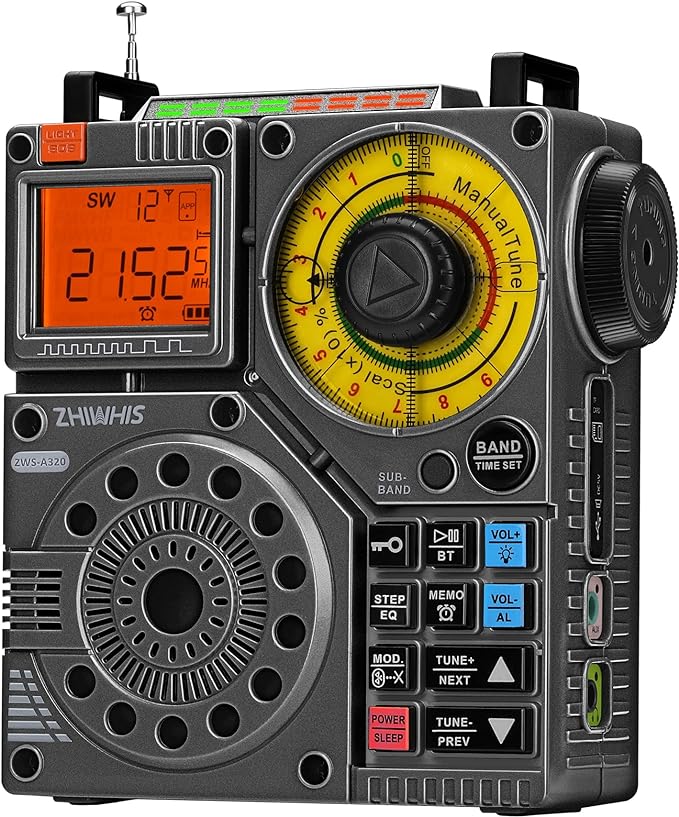


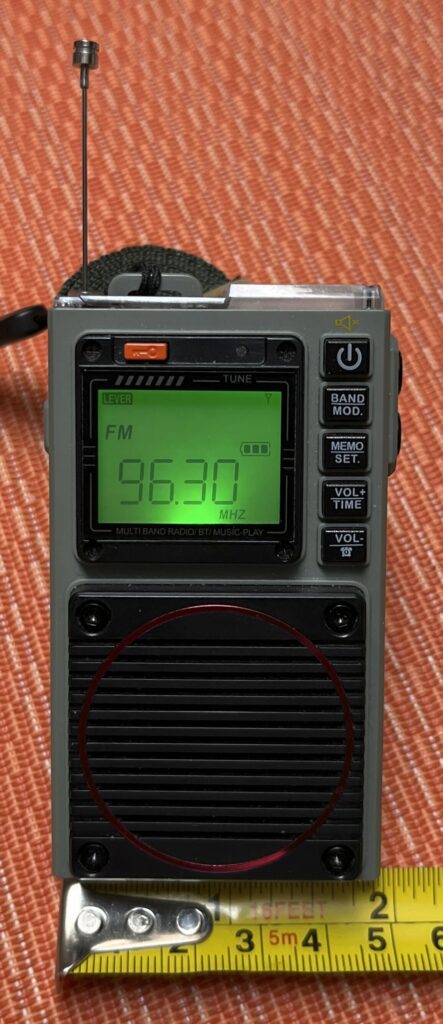

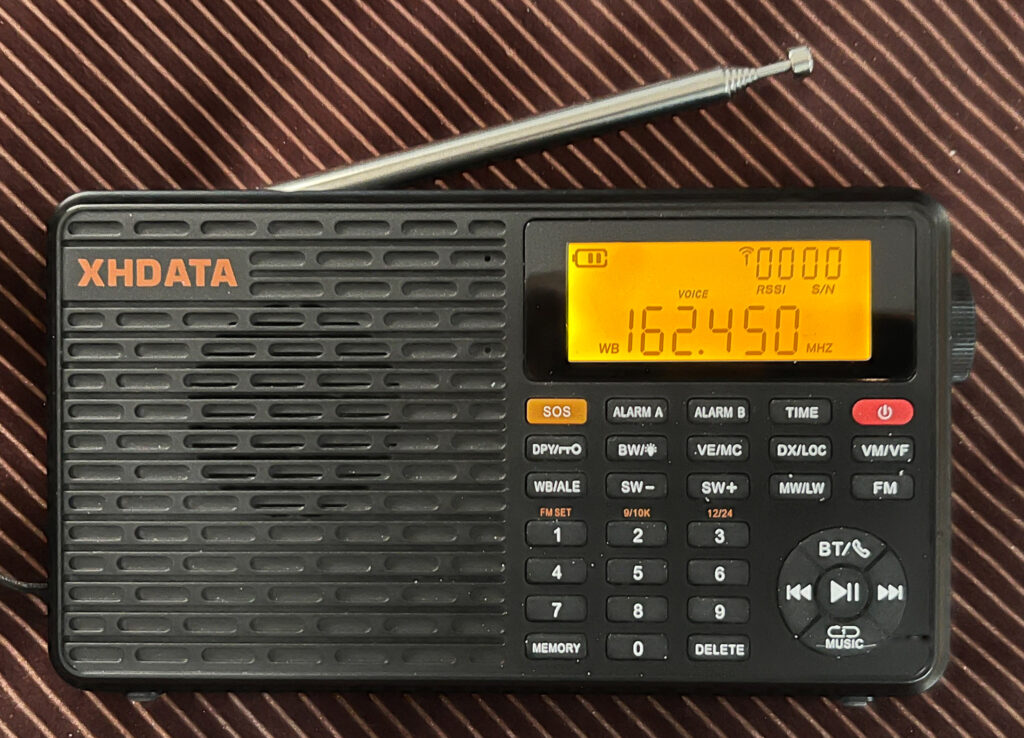

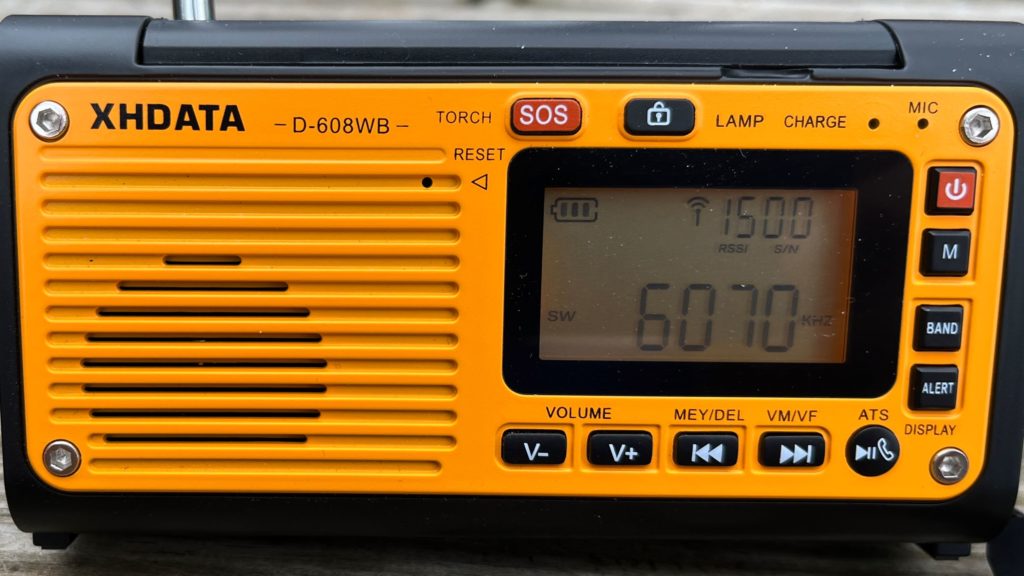

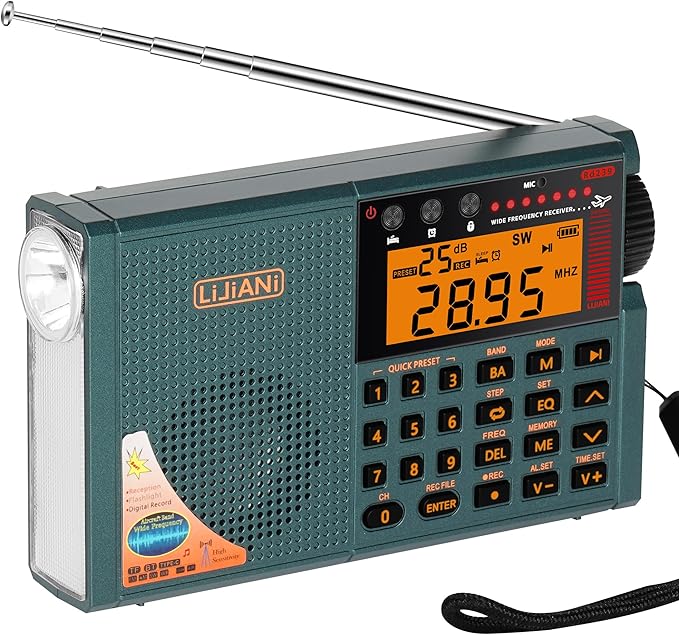
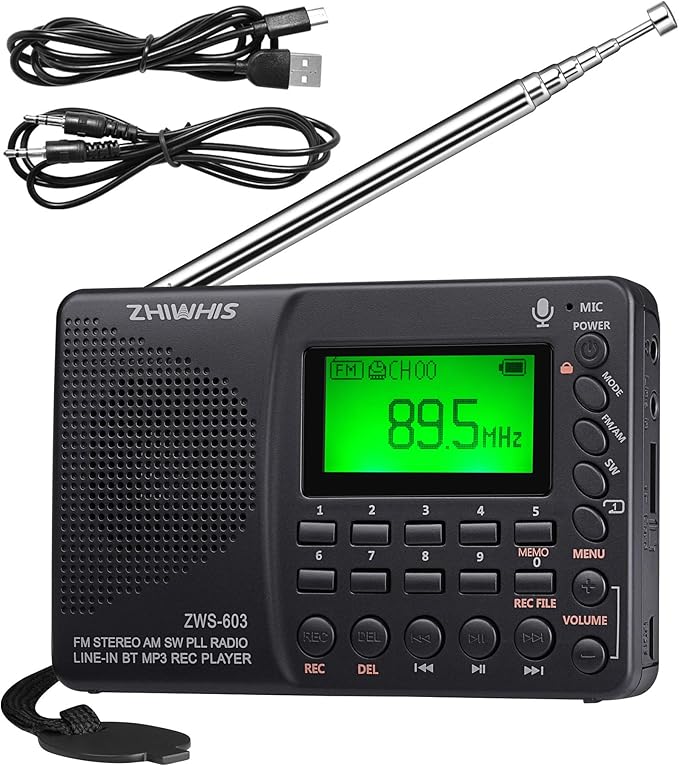
Decisions, decisions. Recently I’ve been thinking about a radio: the HanRongDa HRD-C919 / Zhiwhis ZWS-C919 / Raddy RF919 / Retekess TR113.
Here are some reasons I’m interested:
The fellow with the hard hat standing next to one of the three big power company trucks parked in front of my neighbor’s house said they were working on the transformer and the power would be off for a couple of hours.
For most people, the failure of electric power is an inconvenience, but this morning it was an opportunity to do some radio listening without the usual electronic noise blanket. I grabbed my accessories bag and two radios, hurrying outside to see what I could get. The two radios happened to be my almost constant companion Qodosen DX-286 and my Tecsun PL-330, recently featured in a Fred In the Shed video on the subject of what radio to buy at different price points.
Continue reading